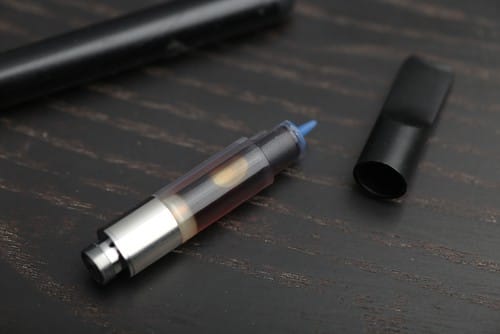Can you be addicted to anger? Does the adrenaline rush of being angry dictate your response to the world? Better yet, are you even aware this is happening? Or have you become so used to the rage response, it’s become part of your normative behavior.
We know anger is a natural occurrence, but for some, it becomes so deeply problematic, it devolves into an addiction. When we become our anger (or any emotion, for that matter), we disable our ability to communicate. In those moments when we are lost in the rage and its resulting dissension, our hearts are frozen; our eyes are blinded; our tongues are tied. No good can come from this. But what can we do? How can we change this innately negative response to our frustration?
Anger management courses and other therapeutic modalities teach and use various methods in which one can learn to recognize the emotional and physical response to anger and rage. By first recognizing what is happening, one is allowed to begin to shift their response. First, we must familiarize ourselves with the addictive anger cycle itself:
1: You find yourself becoming uncomfortable or you aren’t getting something you want or think you need. You may be subconsciously or consciously reminded of feelings from long ago (childhood, for example), which are bringing untouched emotions to the surface.
2: You feel like no one understands you: “No one gets it. They just don’t get it.” “I’m all alone.” “Whatever. I’m fine.” “No one listens to me.”
3: The frustration is building internally, but talking about it isn’t an option because you always deal with your anger and frustration alone. In fact, talking about it with others feels too difficult.
4: Stress begins to builds until you blow up. Someone or something is usually caught in the crossfire and they get hurt, either emotionally or physically. There is the part of you that doesn’t want this, but you have lost control. The guilt and shame begin to build.
5: You feel better after the explosion, perhaps even a bit relieved, until you look around and see the wreckage of your presence.
6: Now the guilt and shame really sets in. You find yourself ardently apologizing and promising not to repeat the behavior. Unfortunately, those on the receiving end may not accept your apology. What? Once again, “No one listens to me” becomes the inner mantra.
7: You internally justify your anger; it was really their fault anyway, right? (Wrong!)
8: You feel no better than before the explosion. In fact, the discomfort and frustration are still there, gnawing at you from the inside.
Processing anger like this is similar to releasing pressure from a pressure cooker while leaving it on the heat. Sure, some of the steam is released, but there is still steam building within. This technique is tantamount to placing a Band-Aid on a gaping wound. It’s just not large enough, or effective enough to alleviate the problem. This circular pattern of frustration à anger à explosion à remorse is ultimately a dead end. What is really needed is a salve for the anger: a calming, healthy way in which to release the pressure.
1: Learn to understand and take care of your needs: Holding your emotions in cannot be an option.
2: Find a good therapist who can help teach you how to touch upon the things that trigger your anger and help you devise a healthier way to allow it to dissipate.
3: Learn ways to let go of your anger which are healthy and non-harmful. Rather than beating a pillow, which only adds coals to the fire, discover how to gently cool the anger: take a walk, take 10 deep breaths, write, drink some water.
3: Ask for help. This may be difficult, but you can do this! You are not broken, you are not a bad person. You are struggling with an overpowering, difficult emotion and it is OK to ask for help.
4: Laugh. Laugh for no reason, just laugh. It not only opens your heart and softens your belly, it helps you see the ridiculousness in many things.
At some point, instead of your anger controlling you, you will learn to control your anger. Developing a practice of self-care will be paramount to paving a new path and changing the face of your addiction to anger. Discovering ways to recognize the triggers to your anger and how to respond to them skillfully is going to be key. Remember, recognizing there is a problem is the first step to finding the solution. It takes time, and work, but it’s worth it. You can recover.
Originally posted on November 7, 2012 @ 5:49 pm








